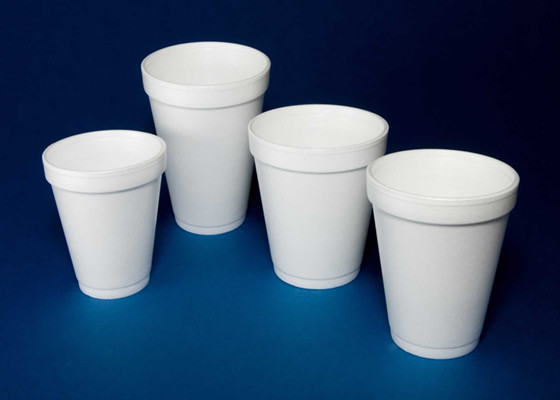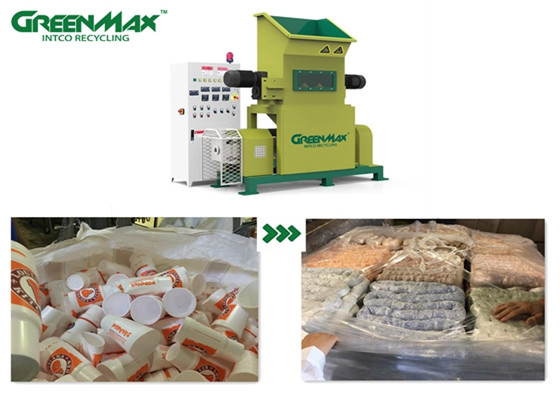Disposable Paper Cup And Styrofoam Cup, Which One is more environmentally friendly
In most people’s eyes, disposable paper cup is more healthy than Styrofoam cup, will the disposable paper cup really be more environmentally friendly than the styrofoam packed one?
Canadian scientist Hocking made a serious analysis, comparing the disposable hot drink container cups. He conducted a complete environmental assessment of disposable paper cups and disposable styrofoam cups from raw materials to processing procedures, materials and recycling options to final use and handling.

The final conclusion is surprising. Paper cups are not that more environmentally friendly than styrofoam cups, meanwhile have several times more pollution in the production process than styrofoamed ones. The comparison can be detailed into four parts below:

Part A: Biological toxicity
At present, disposable paper cups that are mainly sold in the market may produce harmful substances if the materials are not good or the processing technology is not good. In addition, some manufacturers add a large amount of fluorescent whitening agent to make the cup look whiter, which is also a potential carcinogen.
Part B: Raw materials
In terms of raw materials, the paper used for producing disposable cups is made from paper pulp, while the foam cup for hot drinks is hydrocarbons, which is extracted from petroleum. Although wood is a renewable resource, in the process of producing pulp, it is necessary to construct related roads and also need to cut down trees in large quantities. These factors will have adverse effects on the environment.

Part C: Energy consumption
In terms of energy consumption, since the amount of wood pulp consumed is six times that of polystyrene per cup, the paper consumption is 12 times that of the foam cup, and the power consumption is 36 times that of cooling. The amount of water is twice that. Moreover, the pulp produced in the process of making the paper cup produces 580 times more water than the polystyrene required to make the foam cup.
The degree of transfer of contaminants from the pulp and bleaching process in the wastewater is determined by specific details, but the removal of contaminants other than metal salts is still 10 to 100 times greater than the contaminants in the polystyrene-generating wastewater.
Part D: Degradation and recovery
Disposable paper cups, although made of cellulose, are recyclable, but paper cups that bond parts together using a water-insoluble thermoplastic resin or solvent-based adhesive can only be considered as non-recyclable in technology, because the binder resin can’t be removed during the repulping process, and if the outer surface of the paper cup is covered with a plastic film or paraffin to improve its performance, it also hinders the recovery of the fiber.
To do styrofoam recycling can be of great importance, using GREENMAX polystyrene compactor to recycle styrofoam cups would not only help reduce the pollution of environment, but also help save natural resources.
